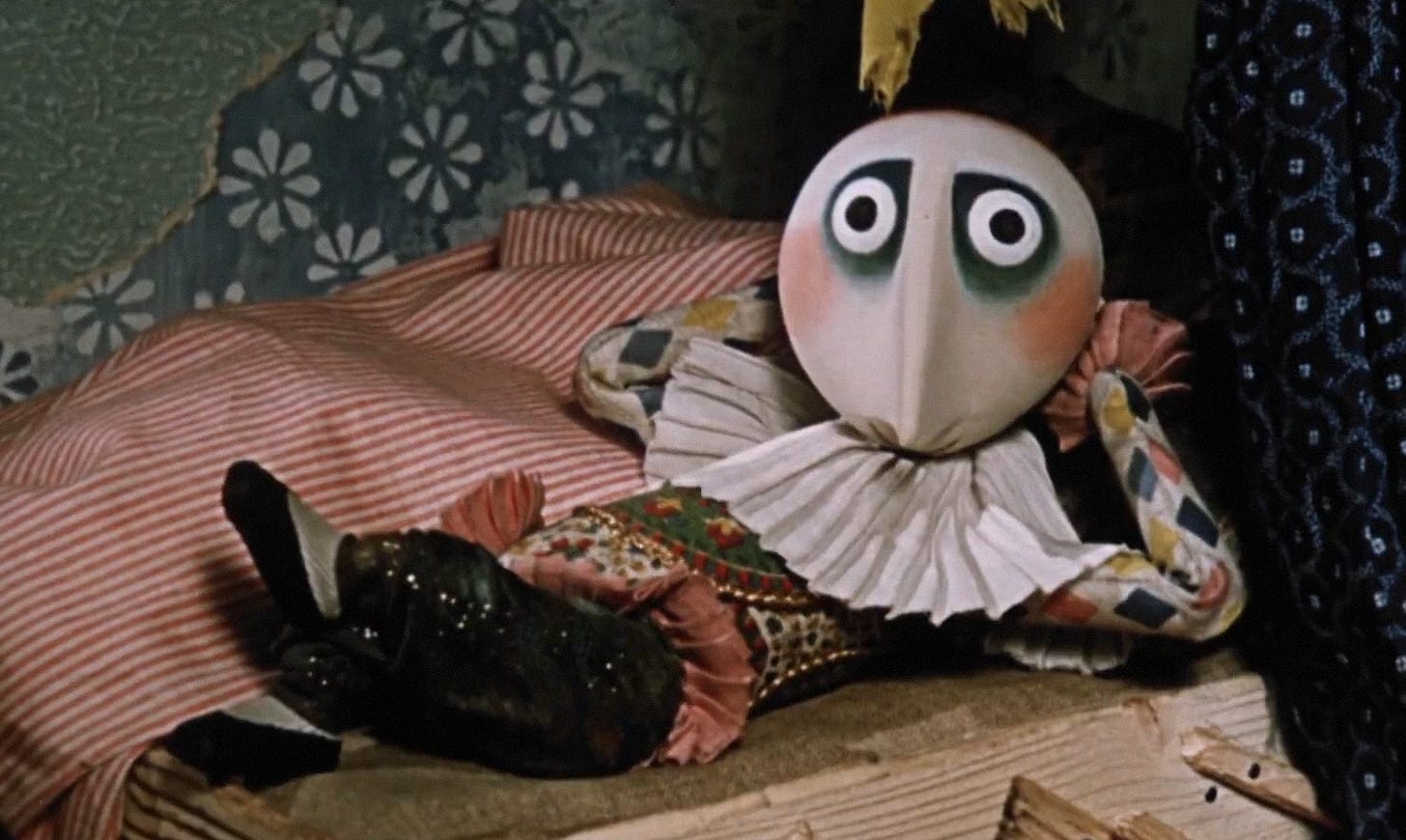Happy Thursday! It’s time for a new issue of Animation Obsessive. We’re looking at one of the most renowned stop-motion films ever made: Jiří Trnka’s The Hand (1965).
To the extent that people know Trnka’s work, it’s often this one. Made in communist Czechoslovakia, The Hand is a protest against power. There are only two characters: a humble potter and a conniving, brutal hand, which nudges and flatters and bribes and threatens our hero to sculpt a statue. A statue of itself.
It’s both allegory and autobiography. In 1965, Trnka may have been the best-known Czech in the world. He was “a very famous man,” as he once told Gene Deitch. Trnka had state honors, fancy cars, drums of caviar and a surprising amount of creative leeway. He was a director and illustrator, responsible for films like A Midsummer Night’s Dream, but he’d grown into a national icon. A symbol of Czechoslovakia.
Only later did Deitch understand the double meaning of Trnka’s words. He was a very famous man — that is, a valuable tool. The state was using him. It looked good to have a celebrated artist around, as long as he didn’t cause too much trouble.
“As an artist, Trnka needed absolute freedom, and to a great extent, he had it,” explained one writer. “Yet he had also unwittingly become a part of the communist machinery, and he knew this full well.”1
The result was a spiral of disillusionment that gave us The Hand, Trnka’s last major film. He threw the weight of his vast talents behind it. But he was making a complex statement here, often mistaken for a simple one. We’re covering the film’s many layers and behind-the-scenes details today.
Here we go!
Keep reading with a 7-day free trial
Subscribe to Animation Obsessive to keep reading this post and get 7 days of free access to the full post archives.



